Curiosity in Action: How to Solve Problems and Innovate Like a Pro
February 28, 2025
Step-by-Step Strategies and Tools to Turn Curiosity into Results

In Part 1, we explored why curiosity is the key to creativity. In Part 2, we dove into practical techniques for strengthening curiosity and making it a daily habit. Now, it’s time to put curiosity to work. In this final installment, we’ll look at real-world examples of curiosity-driven problem-solving and share tools to help you integrate curiosity into your team or business strategy. Let’s turn curiosity into action!
Section 1: Step-by-Step Examples of Curiosity-Driven Problem Solving
Curiosity isn’t just about asking questions—it’s about using those questions to uncover innovative solutions. Here’s how curiosity can be applied to solve specific problems, step by step.
Example 1: Revitalizing a Stale Product Line
- Ask “What If?” Questions:
- What if we completely reimagined this product’s purpose?
- What if we targeted a completely different audience?
- Explore Unrelated Industries for Inspiration:
- Look at how other industries solve similar problems (e.g., how the gaming industry engages users could inspire a new marketing strategy).
- Prototype and Test:
- Create a small-scale version of the new idea and gather feedback.
- Iterate Based on Feedback:
- Use curiosity to dig deeper into what’s working and what’s not.
Real-World Example: LEGO’s turnaround in the early 2000s involved asking, "What if we focused on our core fans (adults and older kids) instead of just children?" This led to the creation of LEGO sets for adults, like the LEGO Architecture series.
Example 2: Improving Team Collaboration
- Identify the Problem:
- Why is communication breaking down between teams?
- Ask Open-Ended Questions:
- What if we restructured how teams share information?
- What if we created a cross-functional task force to bridge gaps?
- Experiment with New Tools:
- Test collaboration platforms like Slack, Miro, or Notion to see what works best.
- Reflect and Adjust:
- Regularly ask, "What’s working, and what could be better?"
Real-World Example: Google’s “Project Aristotle” used curiosity to explore why some teams excelled while others struggled. They discovered that psychological safety—a culture where team members feel safe to ask questions and take risks—was the key to success.
Section 2: Tools and Frameworks for Integrating Curiosity into Teams and Business Strategy
Curiosity isn’t just for individuals—it’s a powerful tool for teams and organizations. Here are some frameworks and tools to help you build a culture of curiosity.
Framework 1: The 5 Whys
- What It Is: A simple problem-solving technique that involves asking “Why?” five times to get to the root cause of an issue.
- How to Use It:
- Identify the problem (e.g., Sales are down).
- Ask Why? repeatedly until you uncover the root cause.
- Use the insights to develop a solution.
- Example:
- Why are sales down? Because we’re not reaching our target audience.
- Why aren’t we reaching them? Because our marketing channels are outdated.
- Why are they outdated? Because we haven’t explored new platforms.
- Why haven’t we explored them? Because we’re afraid of failure.
- Why are we afraid of failure? Because we lack a culture of experimentation.
- Solution: Build a culture that encourages testing new marketing channels.
Framework 2: Design Thinking
- What It Is: A human-centered approach to problem-solving that emphasizes empathy, experimentation, and iteration.
- How to Use It:
- Empathize: Understand the problem from the user’s perspective.
- Define: Clearly articulate the problem.
- Ideate: Brainstorm creative solutions.
- Prototype: Build a small-scale version of the solution.
- Test: Gather feedback and refine.
- Example: Airbnb used design thinking to pivot from a failing business model to a global platform by empathizing with users and reimagining the travel experience.
Tool 1: Curiosity Journals
- What It Is: A personal or team journal where you document questions, ideas, and insights.
- How to Use It:
- Encourage team members to jot down questions or observations daily.
- Review the journal regularly to identify patterns or new opportunities.
- Example: A marketing team might notice recurring questions about customer pain points, leading to a new campaign focused on solving those issues.
Tool 2: “What If” Brainstorming Sessions
- What It Is: A structured brainstorming session focused on asking “What if?” questions.
- How to Use It:
- Set aside time for the team to explore bold, unconventional ideas.
- Use prompts like, "What if we had no budget constraints?", or, "What if we could start from scratch?"
- Example: A tech company might ask, "What if we built a product that solves two unrelated problems at once?" This could lead to innovative hybrid solutions.
Section 3: Building a Curiosity-Driven Culture
To truly harness the power of curiosity, it needs to become part of your team or organization’s DNA. Here’s how to make that happen.
- Lead by Example:
- Leaders should model curiosity by asking questions, exploring new ideas, and admitting when they don’t know something.
- Reward Curiosity:
- Celebrate team members who ask great questions or take calculated risks, even if they fail.
- Create Safe Spaces for Exploration:
- Encourage open dialogue and ensure team members feel safe to share unconventional ideas.
- Invest in Learning:
- Provide resources for continuous learning, like workshops, courses, or access to industry events.
Curiosity isn’t just a trait—it’s a superpower that can transform the way you solve problems, innovate, and collaborate. By applying the step-by-step examples and tools in this blog, you’ll be well on your way to building a curiosity-driven mindset that fuels creativity and success. So, what are you curious about today?
Go out there and explore!
Stampede Social is built specifically for creators and teams looking to monetize their social channels faster, smarter and easier. It's time to reclaim YOUR time and make your social channels work for you. Stampede Social is the perfect platform for Instagram DM automation and more!


